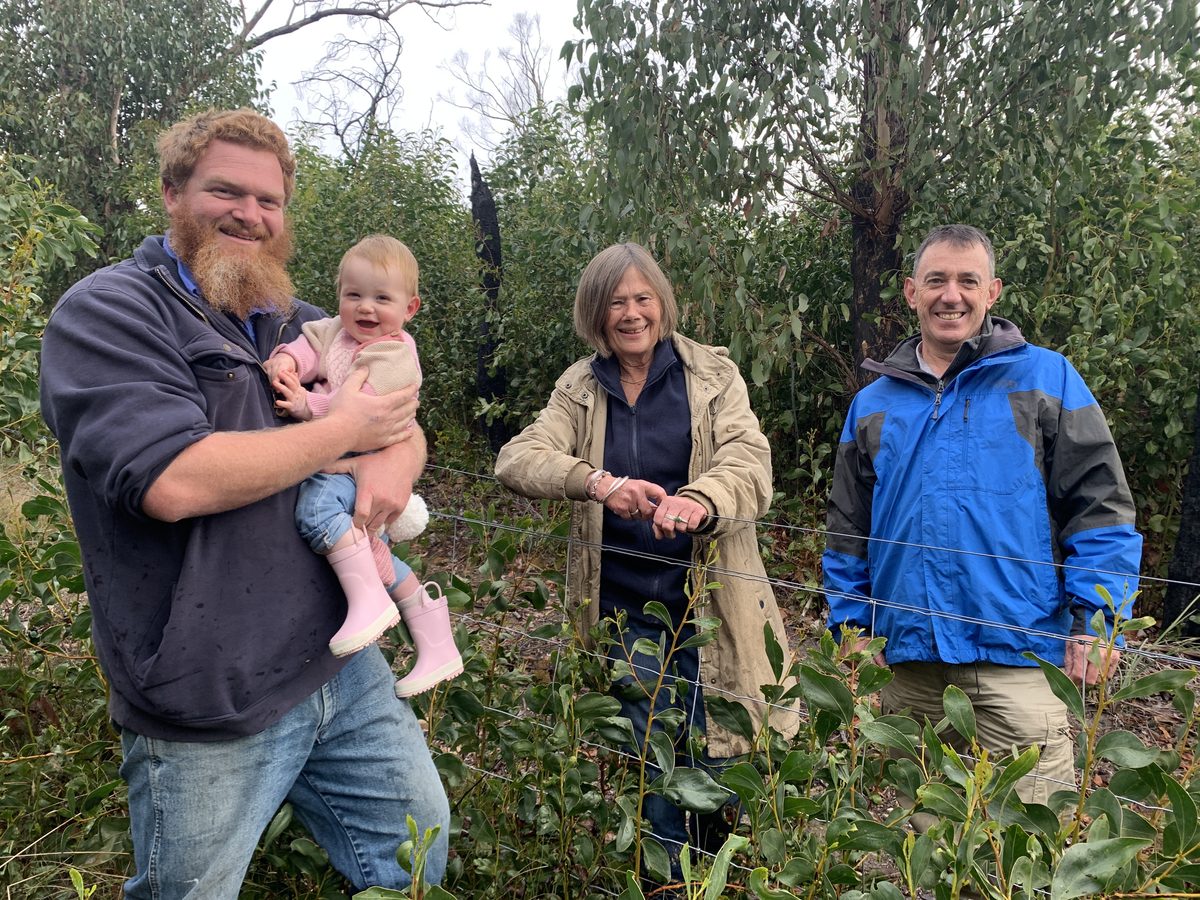Leading the way to target pest plants and animals
Pest plants and animals are bad for business! They cost the Hills and Fleurieu community millions of dollars each year through production losses, environmental impacts, social consequences and infrastructure damage. They’re invading our backyards, our farms and our national parks at a rapid rate.
Landscapes Hills and Fleurieu has recently unveiled a new regional pest strategy to assist land managers in tackling these issues. Susan Ivory, Stewardship Team Leader, said that the strategy identifies priority pest plants and animals for control and outlines clear responsibilities and objectives.
“We’re pleased to introduce the Hills and Fleurieu Regional Pest Plant and Animal Strategy. It’s a valuable resource that will help us all navigate the significant responsibility of safeguarding agriculture, the environment and public spaces from the detrimental impact of pest plants and animals.
“We worked with stakeholders and the community to develop the strategy, which will guide pest management objectives for the next five years. As well as identifying priority pest species, the strategy aims to enhance coordination and collaboration between stakeholders and improve understanding of roles and responsibilities.
”A particular focus in the strategy, and a great takeaway for private landholders, is the ‘Good Neighbour’ approach. This encourages neighbouring land managers to work together for larger-scale control. Pests don’t respect boundaries. Managing pests should consider neighbours, community, and the broader landscape.
“The release of the strategy is a key milestone, and future programs, resources and engagement with the community will now bring it to life and deliver on the objectives,” she said.
The plan can be read and downloaded here or take a look at some of the management objectives and priority species below.
The five management objectives of the strategy:
- Prevention - Prevent the entry and establishment of pests.
- Eradication - Manage new and emerging pests with the aim of eradication.
- Containment - Limit the spread and impact of pests outside containment areas.
- Asset Protection – Use an asset protection approach to limit the spread and impact of pests.
- Monitor/Limited action - Monitor to detect change in risk. Limited action focused on advice and awareness raising.
Priority pest species outlined in the strategy:
Pest animals:
- Feral deer
- Feral goats
- Feral pigs
- Feral rabbits
Pest plants:
- Arrowhead
- Flax-leaved Broom
- Parrot Feather
- Chilean Needlegrass
- Madeira Vine
- Boneseed
- English Broom
- European Blackberry
- African Boxthorn
- Gorse

Helen Grey-Smith (centre) worked closely with neighbour Tom Lord (left – pictured with Grace) and Landscapes Hills and Fleurieu’s Rob Murphy (right) to manage pest plants and animals in the years following the Cudlee Creek bushfire – a true ‘Good Neighbour’ approach.



